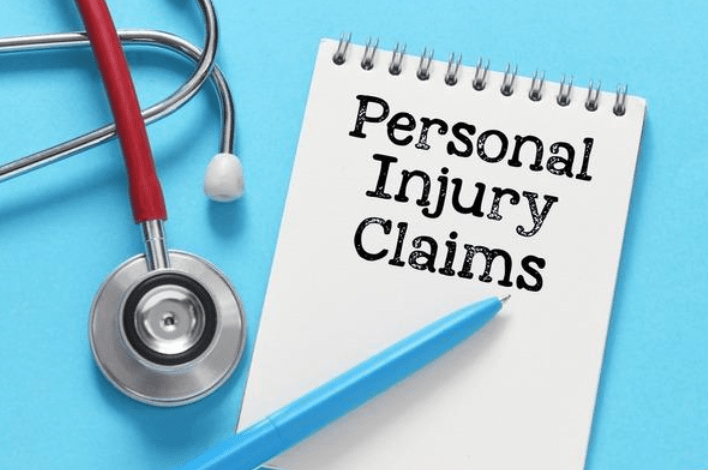After an accident, medical bills can begin to pile up before you’ve even started healing. From emergency care to long-term physical therapy, expenses can quickly overwhelm even those with insurance. If someone else’s negligence caused your injury, it’s essential to understand which medical costs can be recovered through a personal injury claim.
In Albuquerque, personal injury victims often face unique challenges. The city’s growing population and heavy traffic areas, especially near construction zones and major highways, contribute to a higher risk of accidents. Medical facilities in the area may offer high-quality care, but the financial burden still falls on the injured party, at least initially.
That’s where an injury lawyer in Albuquerque can help you understand what compensation you’re entitled to. These legal professionals evaluate not just your current medical bills but also future healthcare needs tied to your injury.
Let’s break down the most common types of medical expenses that may be covered in a personal injury case.
Emergency Room Visits and Hospital Stays
The most immediate cost after an accident is often emergency care. Whether you were treated at the scene or transported by ambulance, ER bills tend to be among the highest.
If you were admitted to the hospital for monitoring, surgery, or observation, those charges can escalate quickly. Personal injury claims often seek reimbursement for:
- Ambulance fees
- ER treatment
- Inpatient hospital stays
- Surgical procedures
- ICU care if required
These costs are typically supported by medical records, billing statements, and testimony from healthcare providers.
Diagnostic Tests and Imaging
In many injury cases, X-rays, CT scans, MRIs, and other diagnostic tests are essential to determine the extent of harm. These tests are not always one-time procedures—some are repeated throughout recovery to monitor progress.
You can generally recover compensation for:
- Initial diagnostic imaging
- Follow-up tests
- Lab work
- Specialist referrals for second opinions
Even if tests show no major damage, the cost incurred can still be part of your claim, as they were medically necessary at the time.
Ongoing Medical Treatment and Rehabilitation
Recovery doesn’t end after the hospital. Many injuries require weeks or months of follow-up treatment. This includes:
- Physical therapy
- Chiropractic care
- Occupational therapy
- Pain management programs
- In-home nursing or caregiver services
These costs are particularly relevant in cases involving spinal injuries, broken bones, or head trauma. The longer the recovery period, the more critical it becomes to accurately estimate future medical expenses.
Prescription Medications and Medical Equipment
Pain relievers, antibiotics, anti-inflammatory drugs, and other medications are often prescribed for injury victims. Over time, even routine prescriptions can become a financial burden.
You may also need medical devices such as:
- Crutches or walkers
- Wheelchairs
- Orthopedic braces
- Mobility aids
All of these are typically included in a comprehensive personal injury settlement or court award.
Mental Health and Psychological Support
Some injuries come with invisible consequences. Anxiety, PTSD, or depression following an accident are real conditions that require professional care. Therapy, counseling, or psychiatric medication costs may also be eligible for compensation.
It is important to have these needs documented by a licensed professional. Courts increasingly recognize the emotional toll of traumatic accidents and include these costs in final judgments.
Final Thoughts
Medical costs following an injury aren’t limited to hospital bills. They span every aspect of your recovery, both physical and emotional. By understanding what qualifies for reimbursement, you’re better prepared to build a strong personal injury case.
If you’ve been injured due to someone else’s negligence, it’s vital to work with a lawyer who understands both the legal system and the local healthcare landscape. Your future well-being could depend on it.

